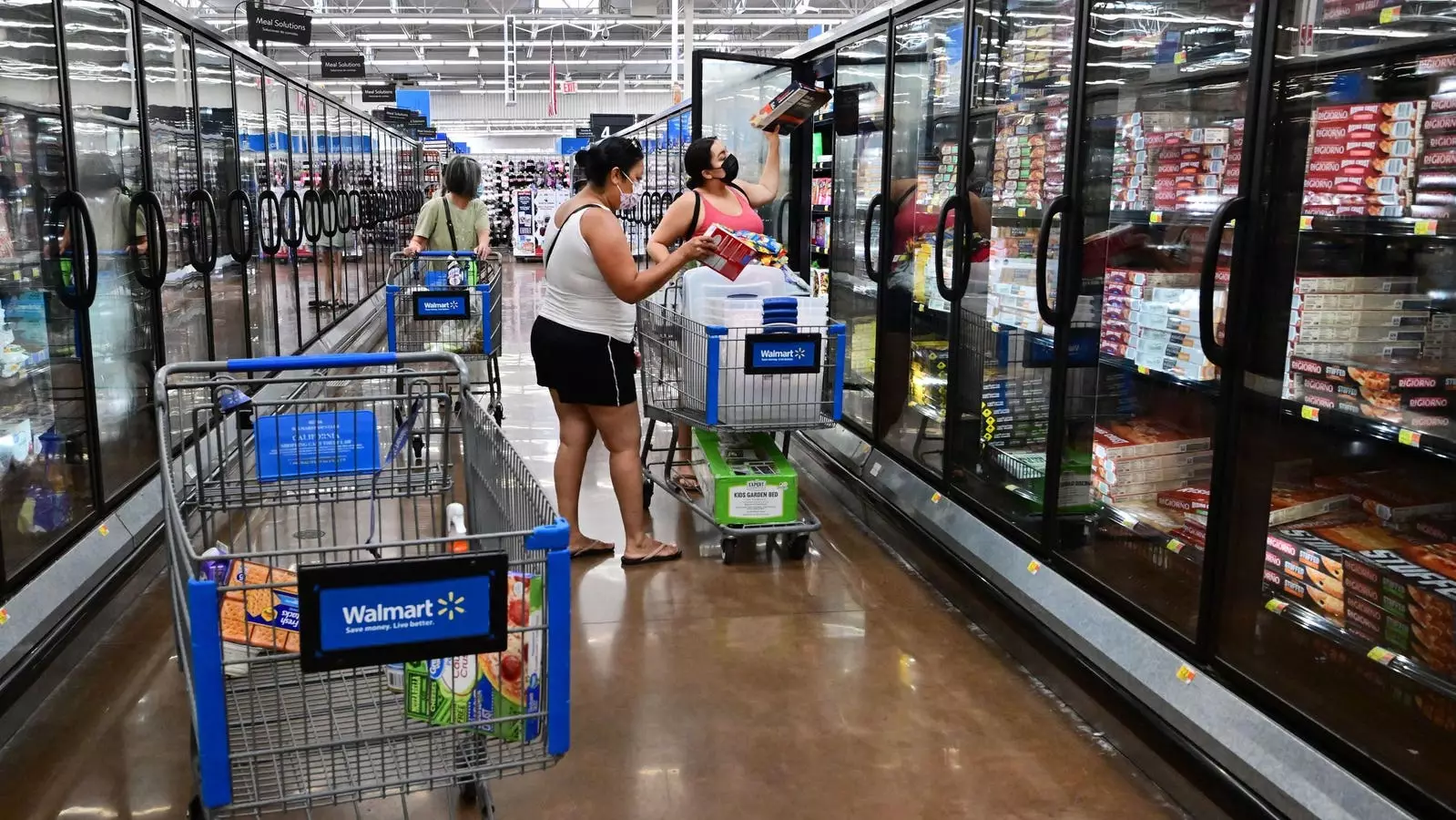As consumer confidence continues to decline, particularly highlighted by a significant dip in the Conference Board’s Consumer Confidence Index, the eating habits of Americans are undergoing a profound transformation. With various economic indicators suggesting financial instability—including rising inflation rates and a dip in disposable income—Americans are becoming more strategic about their food choices. This article delves into how these shifts in consumer sentiment are influencing grocery shopping behaviors, restaurant dining, and home cooking practices.
The implications of consumer confidence wavering are far-reaching, especially in the food sector. The stark drop in the Consumer Confidence Index in February—undoubtedly the lowest recorded since mid-2024—signals unease among consumers regarding their financial situations. The expectation of inflation hovering around 6% exacerbates the situation, leading many to rethink how they allocate their budgets, primarily when it comes to food spending. As grocery prices rise, consumers are re-evaluating their shopping habits, leaning towards more cost-effective strategies that prioritize value over variety.
As financial constraints loom larger, the grocery aisle is seeing a resurgence of budget-conscious shopping behaviors reminiscent of past economic downturns. Bulk purchasing is regaining momentum, with many consumers flocking to warehouse retailers or opting for larger packages to stretch their budgets further. Alongside this trend, private-label products are surging in popularity as shoppers shy away from premium brands. Grocery manufacturers are keenly aware of these shifts and are adapting by focusing on cost-cutting strategies like shrinkflation, where portions are reduced even as prices remain high.
This transitional approach to grocery shopping illustrates a broader return to practicality, as consumers actively search for means to optimize their spending without sacrificing the quantity or quality of their meals. The tendency to prioritize essentials suggests an impending shift toward meals that offer maximal sustenance for minimal expenditure.
The realities of tightening budgets significantly impact dining habits, with expenditures on restaurants often being the first casualties when economic pressures mount. Historically, fast-food chains have been positioned to thrive during economic slumps; they provide affordable meal options that offer a semblance of indulgence without the accompanying financial guilt. This trend appears to be persistent, as evidenced by the resilience of fast-food sales against the backdrop of declining patronage at full-service establishments.
In contrast, independent restaurants face an existential crisis. Many have been compelled to increase menu prices in response to rising costs, yet find themselves losing customers, as evidenced by a report indicating that 72% of independent restaurants experienced stagnant or declining traffic. This challenging environment forces restaurants to adapt by either pivoting toward budget-friendly options or elevating their offerings into the realm of premium dining experiences. Thus, the mid-tier dining segment, which has traditionally appealed to a broad audience, risks vanishing—a transition that could forever alter the structure of the American food service industry.
Amid declining consumer confidence and shifting eating patterns, home cooking is being invigorated. As diners retreat from the restaurant scene, they’re filling their kitchens with practical fare reminiscent of simpler times. Economic uncertainties often lead to increased interest in meal preparation, comfort food, and nostalgia-driven recipes that are easy on the wallet.
In addition, the influence of social media platforms like TikTok is evolving the landscape of home cooking. With the rise of budget-friendly meal ideas that prioritize affordability and engagement, users are likely to share air fryer hacks, meal prep tips, and high-protein, low-cost recipes designed to appeal to a frugal yet adventurous demographic. Food marketing strategies are consequently shifting, moving away from indulgent messaging towards a focus on value and practicality, resonating deeply with frugal consumers.
As consumer confidence continues to fluctuate, the ripple effects on American eating habits are becoming increasingly apparent. Grocery shopping has evolved into a strategic exercise focused on value, while restaurant dining trends are highlighting a stark division between fast food and premium experiences. The renewed interest in home cooking suggests an adaptation to economic pressures that emphasizes both practicality and the joy of cooking.
Ultimately, the American food landscape is set to change significantly. Whether through budget-conscious meal prep, the survival strategies adopted by independent restaurants, or the yearning for nostalgia in cooking practices, these evolving habits paint a vivid picture of how economic realities shape our relationships with food. As we look towards 2025 and beyond, the convergence of economic pressures and consumer preferences will undoubtedly continue to redefine how we eat, celebrate, and comfort ourselves through food.


Leave a Reply